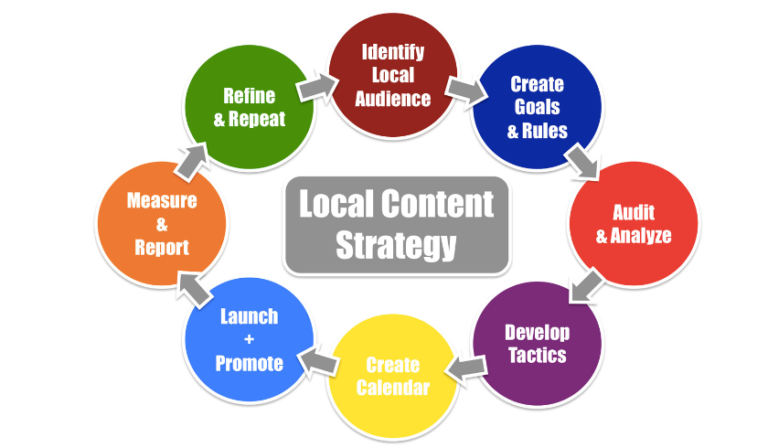How to Choose the Right Tensile Testing Machine?

A tensile testing is a destructive testing procedure using a tensile testing machine. Using grips, a strength tester pulls on a specimen until it breaks.
You can determine the tensile strength using information on the initial cross-section. It also checks the specimen’s elongation rate (or the length change rate).
We use an electromechanical or hydraulic universal test machine to conduct tensile testing. Specimen grips are used to secure the test piece. A crosshead is used to apply and manipulate loading. A data-gaining system for keeping track of the test parameters forms the equipment.
Contents
- What Are the Different Kinds of Tensile Testing Machines?
- Electromechanical Tensile Testing Machines
- Hydraulic Tensile Testing Machines
- Choose The Right Tensile Testing Machine
- Understanding Testing Machines
- Consider Capacity for Loads
- Identify Your Testing Requirements
- Assess Test Speed
- Flexibility of Attachments and Fixtures
- Precision and Accuracy
- Budget Considerations
- Maintenance and Support
- Software and Analysis of Data
- Recommendations and User Reviews
What Are the Different Kinds of Tensile Testing Machines?
The following are the two primary varieties of tensile testing machines:
Electromechanical Tensile Testing Machines
An electromechanical tensile tester utilizes a variable-speed motor. It applies the necessary tensile load for a test. The machine’s 1-4 screws are coupled to an electric motor with variable speed. It uses a reduction gearbox.
It enables the motor to rotate the crosshead. The microprocessor modifies the pace of the crosshead and controls the variable-speed motor. The intended applications of electromechanical testing equipment include polymers, elastomers, composites, and textiles.
Hydraulic Tensile Testing Machines
A hydraulic tensile test machine uses hydraulics to apply force to a test piece and determine its characteristics. Hydraulic tensile testers use Pascal’s law to apply firm pressure to the specimen using one or two pistons.
An electronic servo valve in a hydraulic servo system modifies the rate of hydraulic fluid. This change regulates the delivery rate. The purpose of hydraulic testing equipment is to examine metals and concrete.
Choose The Right Tensile Testing Machine
Understanding Testing Machines
Before exploring the recommendations, grasp the basics of universal testing machines. Tests can subject various materials, such as metals, plastics, textiles, and ceramics. These tests may involve bending, compressing, or applying tension, among other actions. Engineers use the data obtained from these experiments. They test the material’s strength, durability, and efficacy.
Consider Capacity for Loads
When choosing a UTM, load capacity is an essential measure. During a test, it denotes the utmost force that the apparatus can apply. Select a machine whose load capacity exceeds the highest pressure for the tests. This ensures precise and reliable outcomes by providing a safety margin. It also prevents the machine from overloading
Identify Your Testing Requirements
Determining your precise testing requirements is the initial stage in selecting a suitable UTM. Are metals, polymers, or other substances what you test?
What is the expected range of load? Do you intend to conduct dynamic or static testing? By testing specifications, reduce the available options. Moreover, ensure the machine fulfills your needs.
Assess Test Speed
The test speed determines the rate at which the machine applies force during a test. Specific assessments entail consistent force application, whereas others need instant force application. To adjust diverse testing requirements, select a UTM with variable test frequencies. This adaptability ensures that we can perform various tests without constraints.
Flexibility of Attachments and Fixtures
Particular fixtures and attachments are necessary for various materials and test varieties. Make a selection of interchangeable fixtures available on a UTM. It assists your testing requirements. The ability to interchange fixtures ensures the conduct of many tests with few devices.
Precision and Accuracy
Application testing requires the utmost precision and accuracy. Get UTMs fitted with sophisticated displacement transducers and load cells. These must provide exceptional accuracy and precision. The machine measures slight changes in force and movement. Thus, test results will always be accurate and reliable.
Budget Considerations
Invest in a good UTM, but also stick to your financial limits. Compare the costs of various options and their features. Remember that affordable options need more precision and functionality for your applications.
Maintenance and Support
A solid UTM provider provides superior maintenance and customer service. Find a manufacturer with a history of timely maintenance and responsive support. Routine maintenance and prompt help reduce outages and keep your machine pristine.
Software and Analysis of Data
Contemporary UTMs integrate sophisticated software to manage tests and analyze data. When selecting a device, look for intuitive interfaces. The software can change test settings and display data in real time. It generates detailed reports for analysis.
Recommendations and User Reviews
Perform extensive user review research and ask for industry colleagues’ recommendations. It helps before making a final decision and gaining insight from the experiences of others. It provides insights into the functionality and reliability of various UTMs.
Conclusion
Selecting the ideal testing machine affects the precision and reliability of test results. It demands a systematic and well-informed approach.
Considering various elements can achieve a detailed evaluation that satisfies one’s testing needs. t includes load capacity, precision, software capabilities, and user reviews.
Remember that a reliable UTM enables precise data acquisition. It improves material testing procedures.
Also Read: Graduate Management Admission Test (GMAT®): Why, Where, and How?





